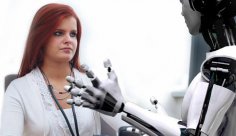
(Image credit: Yellow Duck/Getty Images)
Japanese scientists have developed a new, highly efficient method for designing wireless power transmission (WPT) systems. Based on machine learning, the method enables the system to maintain a stable voltage even when the load changes, a key step towards wider adoption of wireless power.
Wireless power transmission (WPT) systems are already a key component in a variety of devices, from smartphones and biomedical sensors to induction cookers that use wireless power to heat cookware. But one of the key problems with current technologies is that they are prone to power fluctuations. This is because they are load-dependent, meaning the performance of the system depends significantly on which device is receiving power (the load).
Devices like smartphones require a constant, regulated voltage to safely charge batteries. The battery's resistance changes as it fills, which in a load-dependent wireless power system can cause voltage fluctuations. This can damage the device or reduce charging speed.
You may like
-

Scientists are using quantum machine learning to create semiconductors for the first time – and it could change the way chips are made.
-
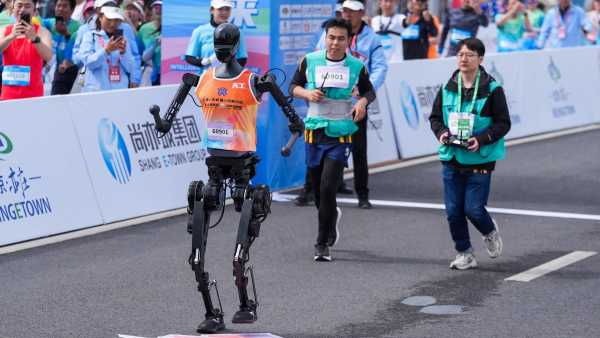
Robots become exhausted long before they run out of work. Feeding them could make a difference.
-
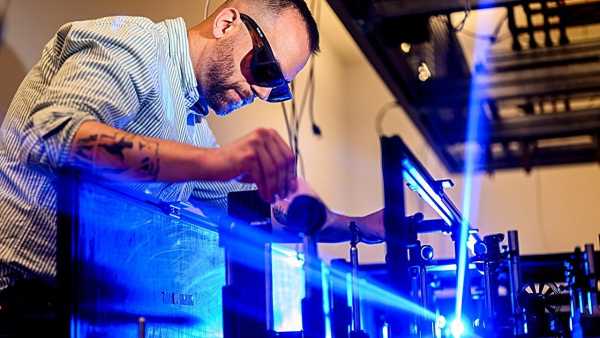
Quantum materials with 'hidden metallic state' could make electronics 1,000 times faster
By comparison, the new machine learning approach is load independent (LI), meaning it can deliver consistent power and maintain high efficiency no matter what device is being charged. In the smartphone battery example, this means that power will be efficiently transferred at a constant voltage, regardless of resistance fluctuations that may occur as the battery charges.
This is especially important for larger batteries in more complex applications such as electric vehicles, where the load can vary significantly during charging.
The researchers presented their findings in a new study published in June 2025 in the journal IEEE Transactions on Circuits and Systems.
Wireless data transmission systems work on a process called resonance, similar to how a radio or television receives an over-the-air signal. The transmitter emits electromagnetic waves of a certain frequency, adjusting the power fluctuations between a capacitor and an inductor. When the wave reaches a receiver tuned to the same frequency, they resonate, greatly amplifying the signal.
In a radio receiver, the signal is then passed on to other components for further amplification and demodulation to create sound, while in a wireless power transmission system, this resonance allows the receiver to capture and store the energy being transmitted wirelessly.
Machine Learning to Boost Wireless Power
The new technology uses machine learning to model and optimize power transmission systems that are less dependent on load. The process involves creating a virtual model of the system and then simulating it in action under the supervision of artificial intelligence.
The AI evaluates the efficiency of the system based on criteria such as the amount of energy lost as heat and the purity of the electrical signal. It then optimizes the system through trial and error to ensure maximum efficiency, transmitting energy with minimal oscillation and energy dissipation.
According to the study, using the new method, the researchers reduced the fluctuations to 5% compared to 18% with a load-dependent system. They also increased the efficiency of power transmission to 86.7%, while load-dependent systems can operate at only 65% efficiency.
Load-independent wireless power transmission systems have wide applications that go far beyond wireless charging of devices, said lead study author Hiroo Sekiya, a professor at the Graduate School of Advanced Integration Sciences at Chiba University.
RELATED STORIES
— A new invention collects ambient Wi-Fi and Bluetooth signals to power small devices.
— Future wearable devices will be able to draw energy from your body using background 6G cellular signals.
— Scientists say an experimental wireless electric car charger charges as fast as a super-fast wired outlet.
“We believe that the results of this research are an important step towards a completely wireless society,” he said in a statement. “Moreover, by using LI technology, wireless telecommunications systems can be built simply, reducing their cost and size. Our goal is to make wireless telecommunications ubiquitous within the next five to 10 years.”
In their statement, the researchers noted that the study also illustrates ways in which AI can be used to improve electrical circuit design, which will transform “the approach to power electronics design and move toward a future of automated circuit design.”

Alan Bradley, Freelance Writer
Alan is a freelance technology and entertainment journalist, specialising in computers, laptops and video games. He has previously written for sites including PC Gamer, GamesRadar and Rolling Stone. If you need tech advice or help finding the best deals, Alan is your man.
You must verify your public display name before commenting.
Please log out and log back in. You will then be prompted to enter a display name.
Exit Read more

Scientists are using quantum machine learning to create semiconductors for the first time – and it could change the way chips are made.
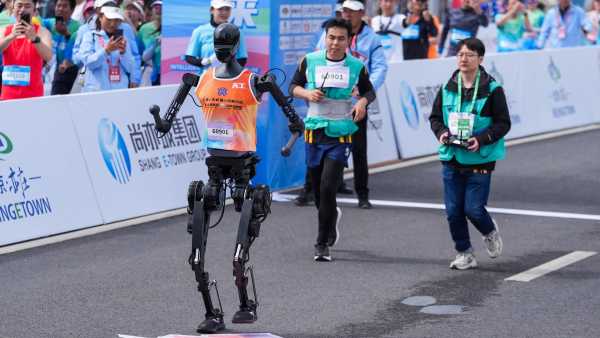
Robots become exhausted long before they run out of work. Feeding them could make a difference.
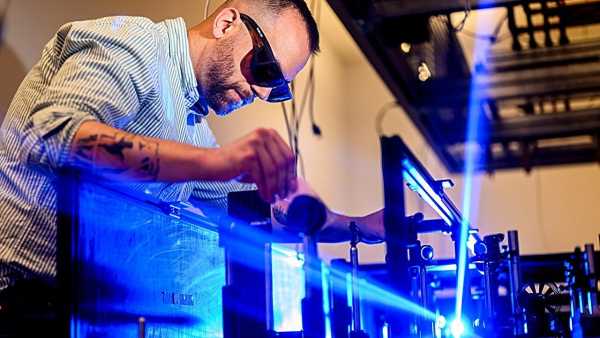
Quantum materials with 'hidden metallic state' could make electronics 1,000 times faster
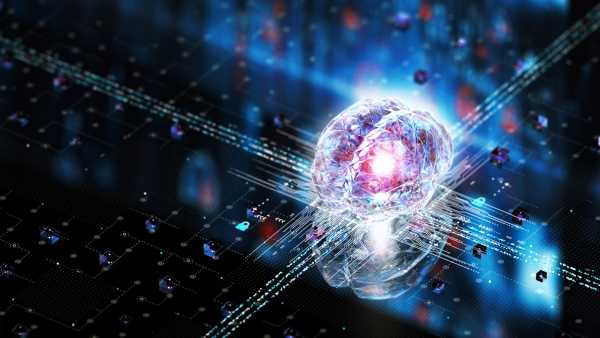
'Quantum AI' algorithms already outpace fastest supercomputers, study says
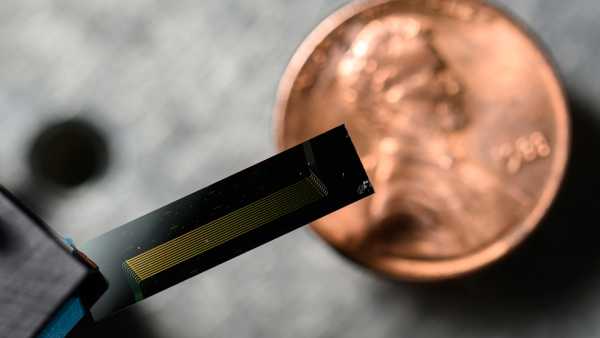
Penny-Sized Laser Could Help Self-Driving Cars See the World Much Clearer
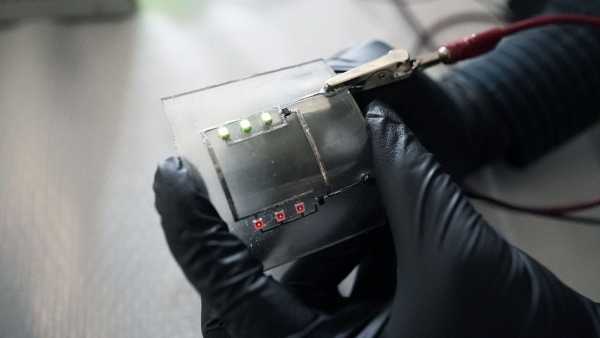
New liquid metal PCB can withstand serious damage and repair itself. Latest news in technology

Secret X37-B space plane to test quantum navigation system scientists hope will one day replace GPS
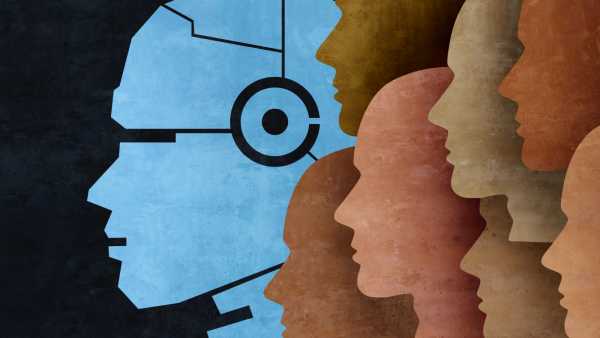
OpenAI ChatGPT Agent can take control of your PC, performing tasks on your behalf. But how does it work and what's the point?

Robots awkwardly compete, fight and tumble at China's first World Humanoid Robot Games
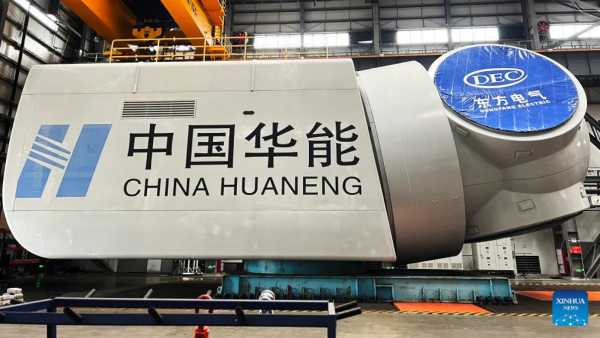
China Builds Record-Breaking Floating Wind Turbine That Could Change the Face of Renewable Energy

How an AI assistant is changing teen behavior in surprising and sinister ways
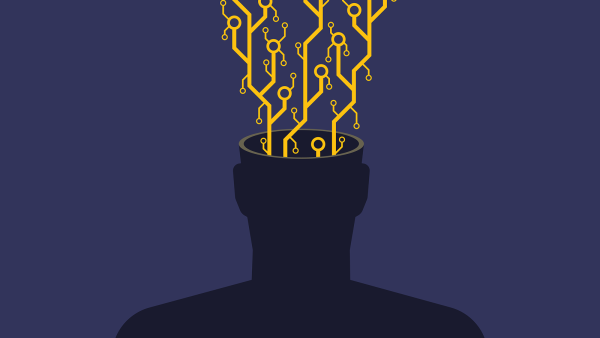
Meta-AI Takes First Step Towards Superintelligence – and Zuckerberg Won't Release Most Powerful Systems to the Public Anymore Latest News

FDA warns of possible radioactive shrimp

Keratin Derived From Sheep Wool Restores Teeth, Making Breakthrough

New Brain Implant Can Decipher Human 'Inner Monologue'

Rocket-shaped jellyfish, majestic Komodo dragons and a harrowing whale rescue – meet the stunning finalists of the 2025 Marine Photographer of the Year competition

Rare 'Black Moon' Rising This Weekend: What Is It and What Can You See?

Secret X37-B space plane to test quantum navigation system scientists hope will one day replace GPS LATEST ARTICLES

1Diagnostic dilemma: A man's preference for 'soft' bacon may have caused his brain to become infected with helminths.
Live Science is part of Future US Inc., an international media group and leading digital publisher. Visit our corporate website.
- About Us
- Contact Future experts
- Terms and Conditions
- Privacy Policy
- Cookie Policy
- Accessibility Statement
- Advertise with us
- Web Notifications
- Career
- Editorial Standards
- How to present history to us
© Future US, Inc. Full 7th Floor, 130 West 42nd Street, New York, NY 10036.
var dfp_config = { “site_platform”: “vanilla”, “keywords”: “type-news-daily,serversidehawk,videoarticle,van-enable-adviser-
Sourse: www.livescience.com



